World Travels: Henna

Henna: The Botanical’s Power and Secrets Extend Through Time and Culture
Secrets of beauty have been cherished throughout the ages. Much more than just the hand adornment we typically see as Mehndi, henna has an extensive and splendid history.
Henna is one of the oldest and most fascinating beautifiers known throughout time. It was used by Cleopatra as a perfume to seduce Mark Antony. Nefertiti found a double purpose, using it as a beauty enhancer and to treat infections and headaches. The Egyptians also used it to protect their skin from the sun and Lucille Ball’s vibrant red locks were attributed to henna.
Cultures from around the world have always used markings to adorn the body, and have always used plants as their allies – ingesting them, smoking them, applying them to the body one way or another. Anthropologists have evidence to support the theory that henna tattoos have flourished for the last 15,000 years.
Who was the first woman to rub henna leaves on her body and find it beautiful? When did henna become a sacred vehicle of transformation and good fortune? When did it first lend itself to human rites of passage, offering protection and beauty? The journey seems to begin over 5,000 years ago in Egypt.
In the sacred tomb of Ramses II, the fabric used in wrapping his mummified body is dyed with henna as part of the final protection process. His hair is dyed a burnt red and his palms are saturated with henna, as are the soles of his feet and his fingernails. At sunset the ancient Egyptians would burn the henna plant as incense to invoke the spirit of Ra.
Cleopatra went to extreme lengths to protect and enhance her beauty with henna. Leaving Egypt, she crossed the Mediterranean to marry Julius Caesar. In her cargo were baskets of henna carried by her faithful handmaidens. Forsaking Caesar, she fell deeply in love with Mark Antony and the henna seeds Cleopatra brought were planted in the Roman soil.
Henna traveled to Morocco when their daughter Cleopatra Selene married King Juba II of Morocco. With her came her royal court of women and all their potions, amongst them henna. As her court mingled with the women of Morocco the use of henna went beyond the purpose of beautification and adornment. Here, the botanical became the central element of henna parties.
The parties carried many forms. Typically they were called to help a woman who was troubled or when there was a need to contact the spiritual world. The liberating event could last over three days. Women received henna decorations on both hands and feet and remained immobile for the entire period. Each morning the henna was scraped off with a silver bangle and reapplied to get the darkest stain possible. The henna is protected by carefully wrapped scarves while she sleeps. On the third day the henna is baked onto her skin over aromatic coals to darken the decorations and the party arrives. Wrapped in gorgeous robes, incense perfumes the room at sunset. The room glows from the lights of many candles. As night falls, dance begins, scarves become untied, hair swirls, music gets stronger and the trance sets in as the women collapse on the floor and spiritual enlightenment occurs.
The reach of the Roman Empire enabled the ritual of henna to spread to all points within the Mediterranean, Africa, Middle East and Far East.
Henna is the Persian name for a shrub known as Lawsonia Inermis. Henna is native to Asia and the Mediterranean coast of Africa and now thrives in warmer climates worldwide. The plant can grow from 10-15 feet tall with small bright leaves and four-petaled flowers amid a thorny bark. The flowers emit a sweet, seductive scent reminiscent of jasmine and rose and the leaves produce a red dye. Once harvested, they are ground into a fine powder.
When used as body art, henna has taken the name of Mehndi, the Hindi word used to describe the art form of painting henna designs on the body. Mehndi is practiced in many parts of the world.
Traditionally, it is associated with romantic love and the ritual of marriage. It is also used for everyday adornment. In India, North Africa, Southeast Asia and the Middle East, henna is seen as a lucky charm, a blessing upon the skin with the power to bring the wearer happiness and wealth.
Many times pregnant women in their seventh month seek out well respected henna practitioners called hannayas, to have certain symbols painted on their ankle, which will be encircled with a corresponding amulet. These are meant to protect both the mother and the child through birth.
Henna painting also takes away excess heat from the body and calms hives and rashes and balances hyperacidity. During summer, when extremities are painted, including the bottoms of the feet and hands, overheating is avoided.
Recently, the art of Mehndi has enjoyed a revival. Western culture has adapted and altered the traditions so that henna, as a pain-free body decoration alternative to permanent tattooing, is now one of the most popular trends among both men and women. Mehndi is not a mere fad that is expected to rapidly fade away. On the contrary, it provides a long-lasting and spiritual method for adorning the body. Today henna tattooing is in demand and millions of men and women have discovered the timeless mystique of this beautiful art form.
Weddings
Henna is used across the world as a ritual used to bless nuptials. Here are a few ways it is used in the Middle East:
United Arab Emirates
Weddings in the United Arab Emirates are grand celebrations involving great expense. Custom decries that the bride will go into seclusion for 40 days prior to the wedding. During this time she will receive gifts of jewelry, perfume, and silks from her future husband forming her trousseau. Both families will celebrate with traditional music, continuous singing and dancing during the week prior to the ceremony.
Several days before the event, in the night of henna rituals (Laylat Al Henna), the bride’s body will be cleansed and anointed with perfumes. Her hair will be washed with amber and jasmine and Mehndi will be applied to her hands and feet. All of the bride’s female relatives will attend and continue the preparations for marriage.
Yemen
In Yemenite wedding rituals the henna ceremony is called hinne and is the highlight of the event. The bride’s parents throw a party with food, music and dancing that is attended by the entire village. In a procession known as zaffeh, the bride receives offerings of henna. The female guests carry trays of flowers and candles while holding henna on their heads while dancing. The henna is placed in front of the bride and water added as guests rub a small portion on her palms. The bride will be covered in henna and money by the end of the evening.
Morocco
Moroccan wedding rituals also include men. Before the wedding, the groom’s mother presents him with henna, four candles, an egg and water. The egg is mixed with water and then added to the henna. His hands are covered in paste while the candles are lit and placed into the bowl. The male guests dance around the room balancing the bowl on their heads until it falls and breaks. The bride will be dressed in an elaborate costume and placed on a throne to receive her Mehndi. She will be entertained with dancing and drumming.



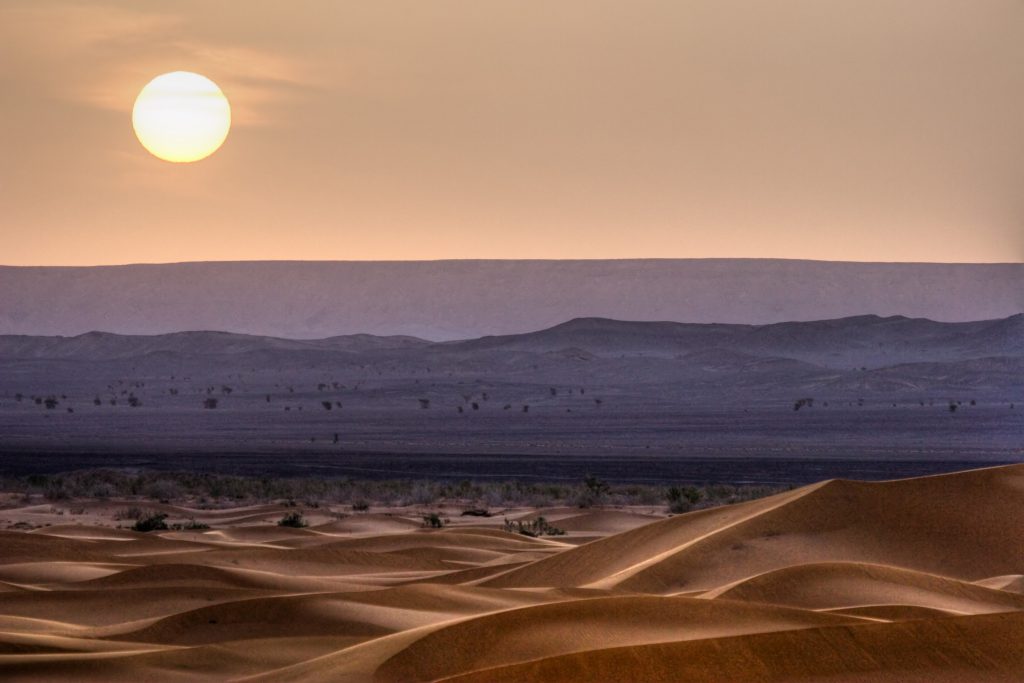

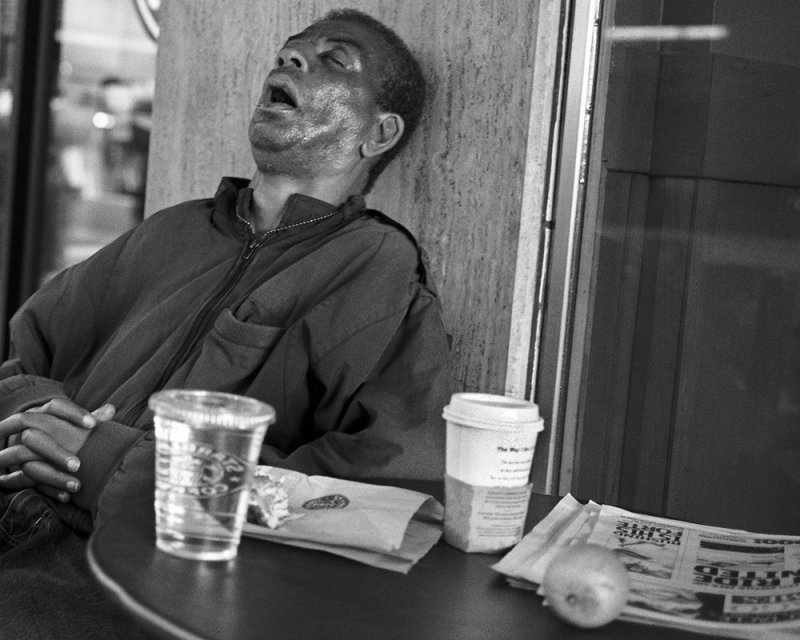
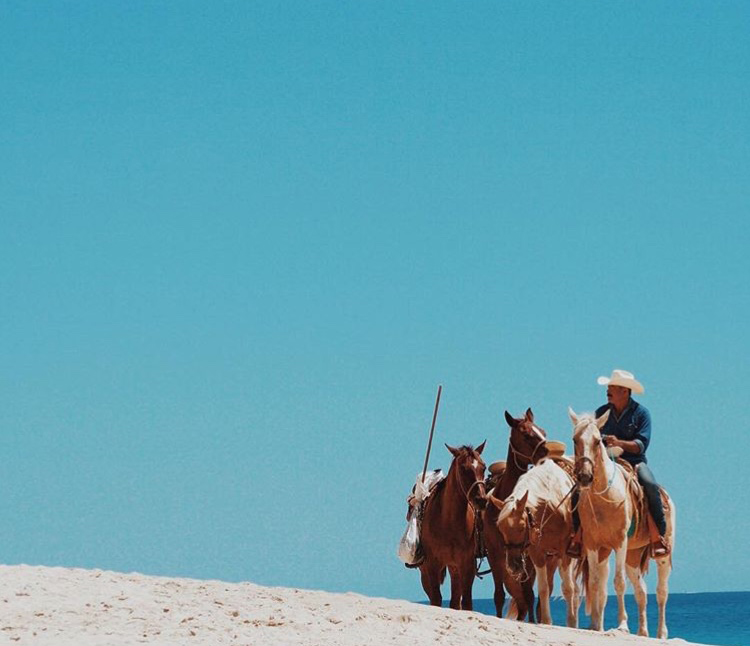
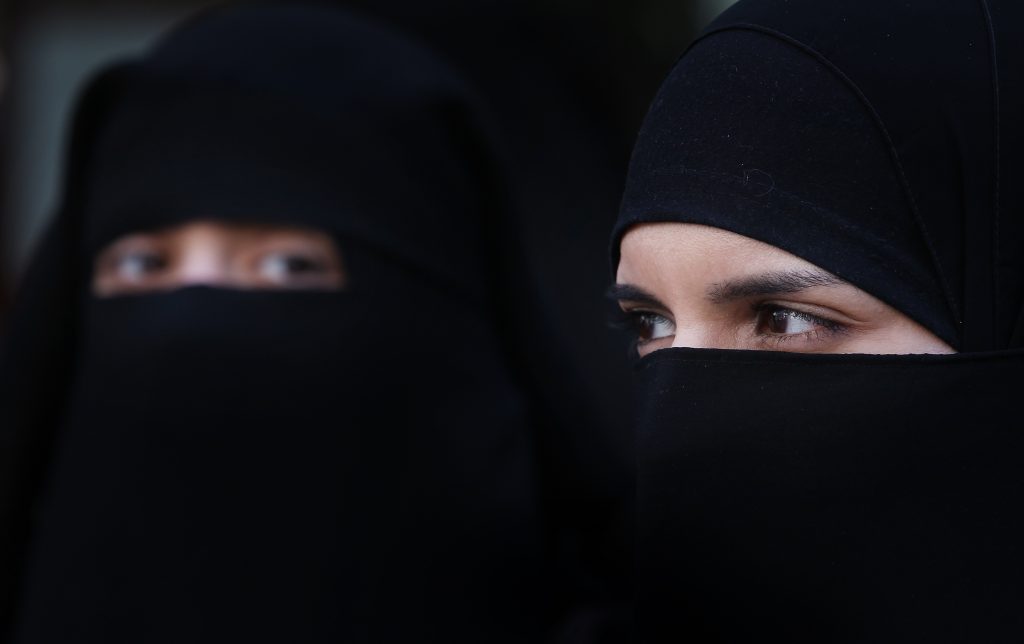
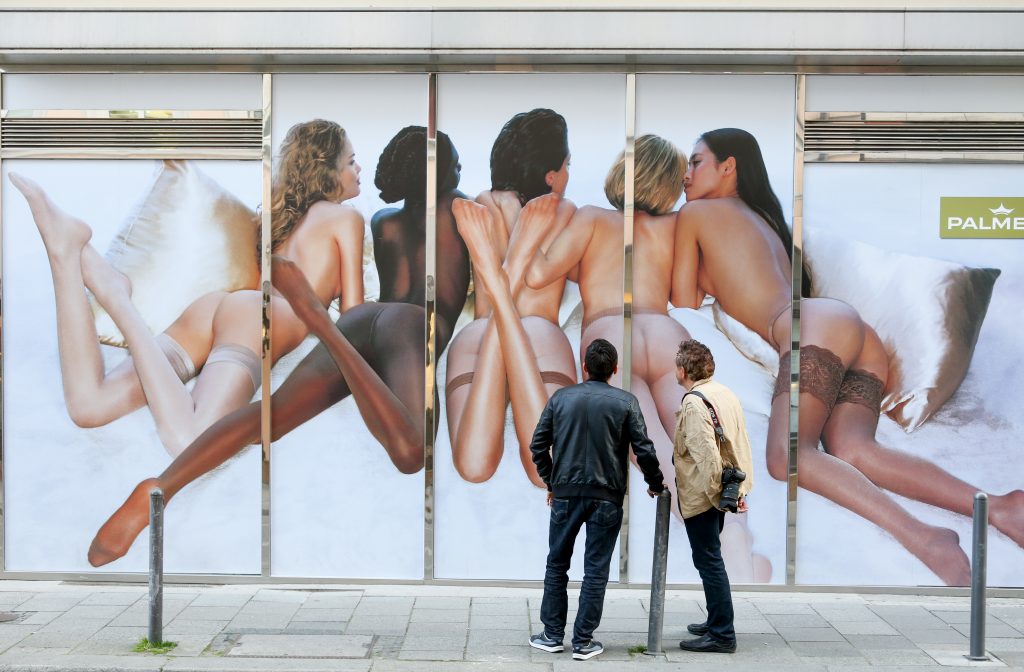
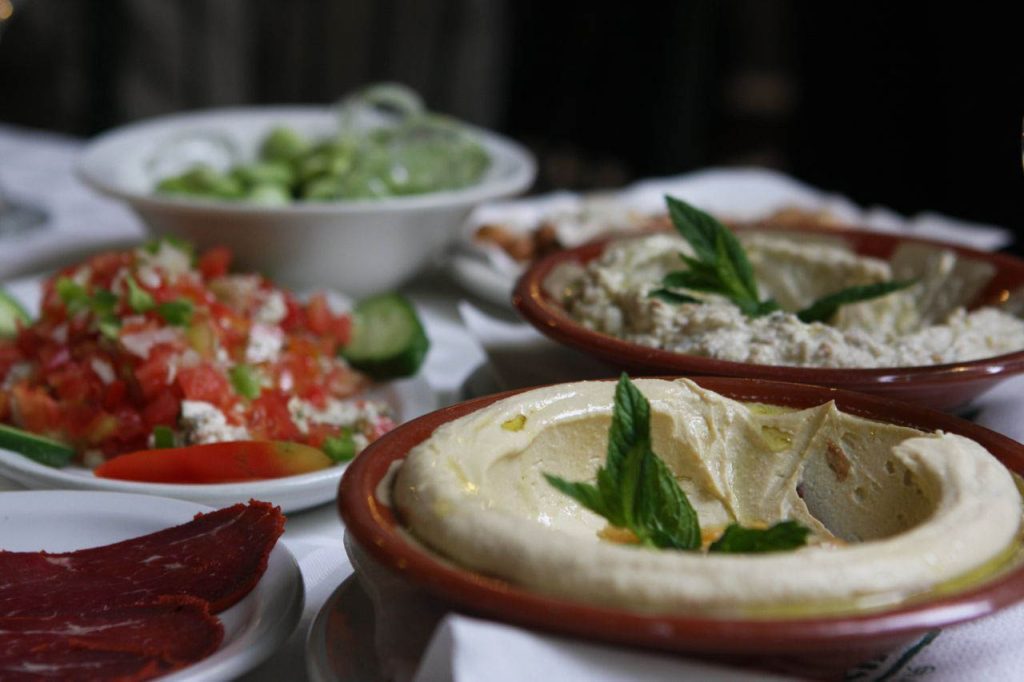
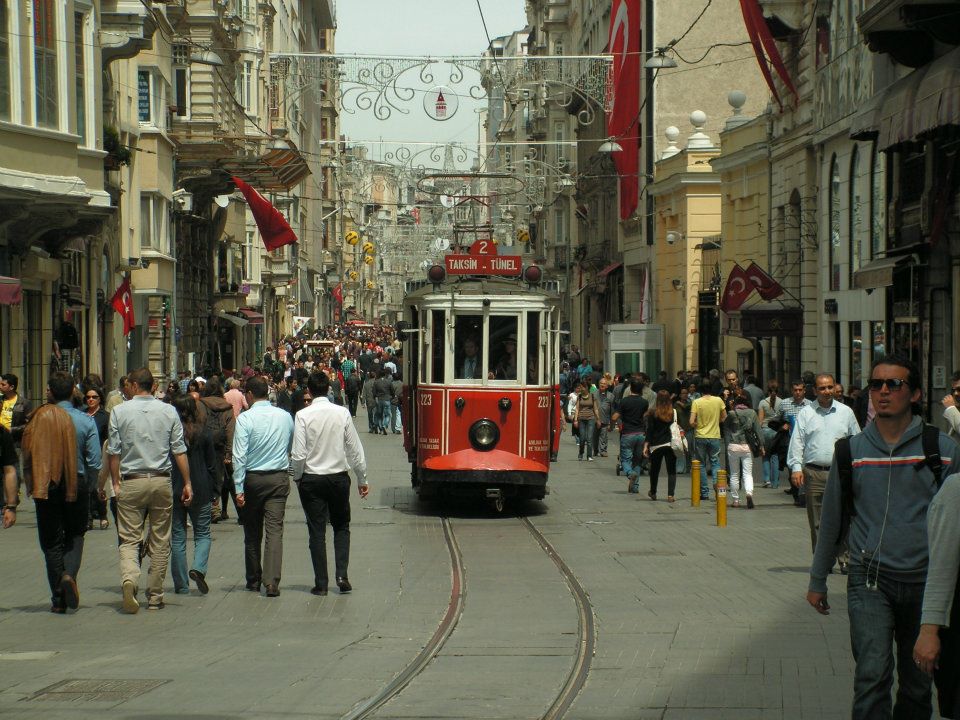
Leave a Reply